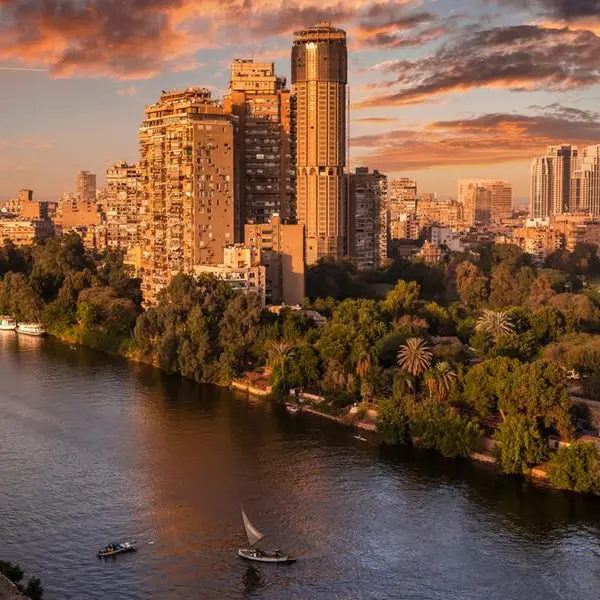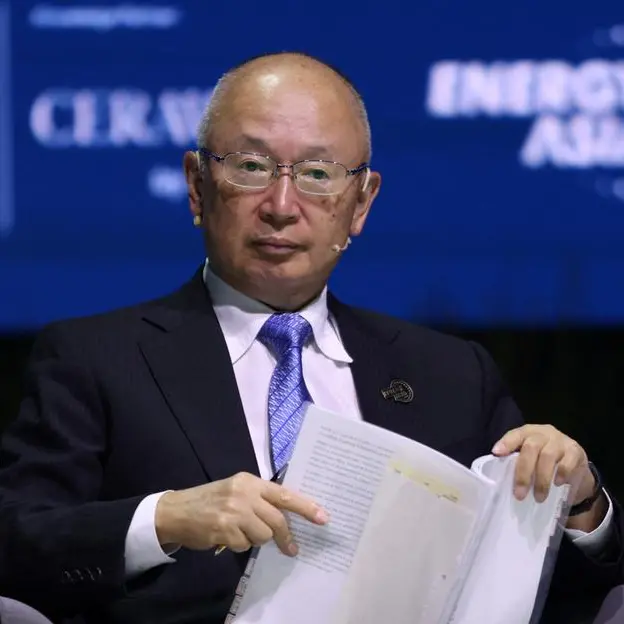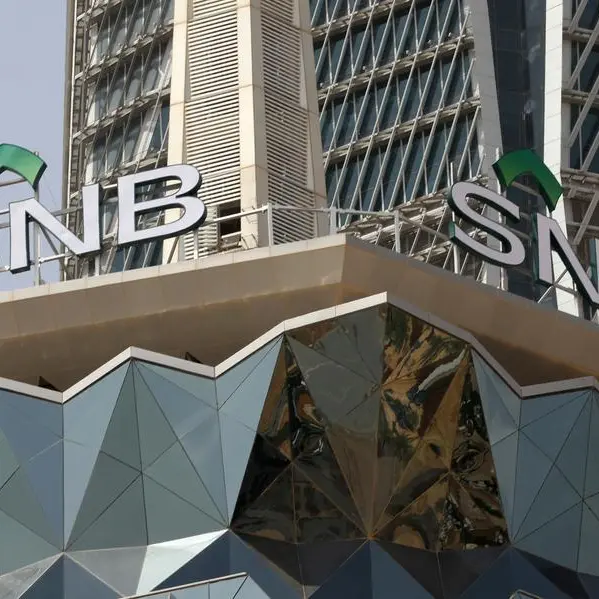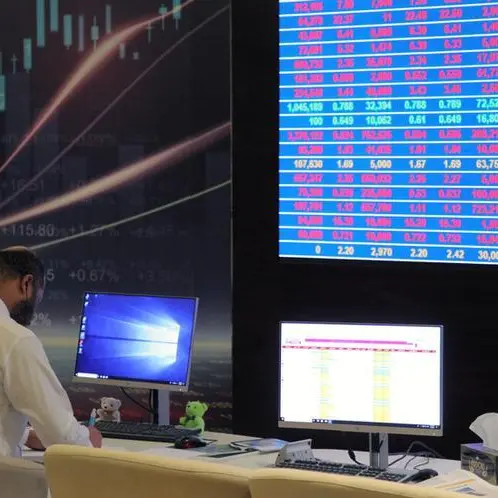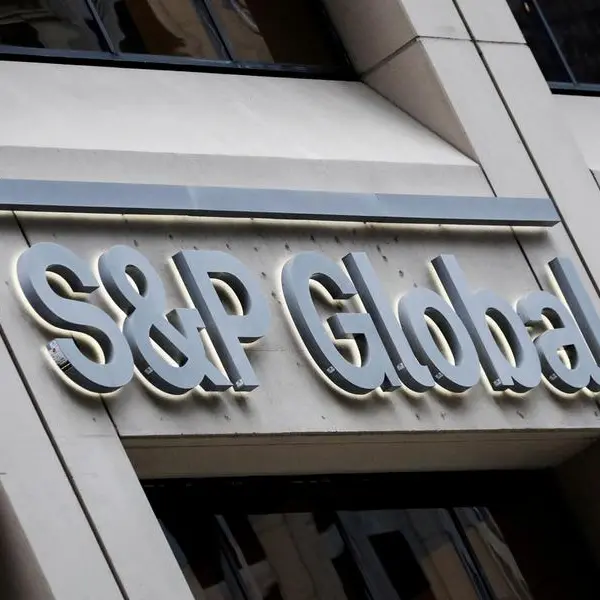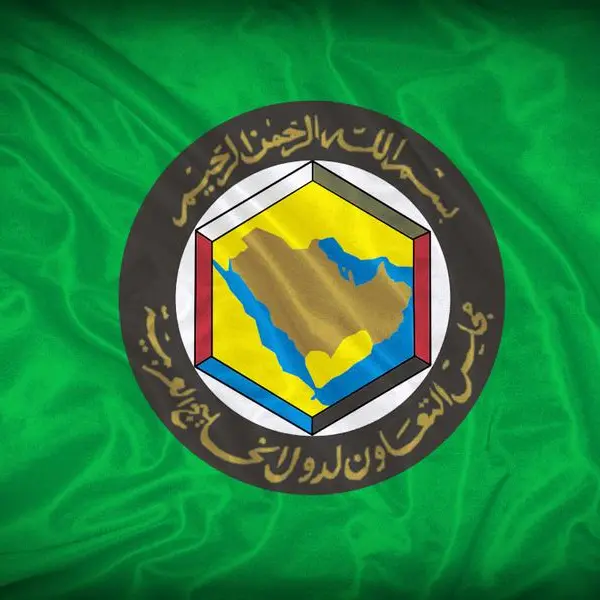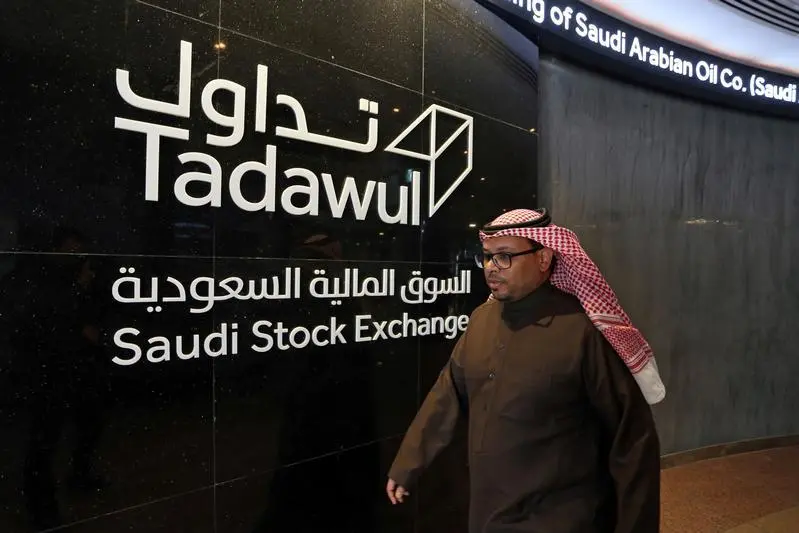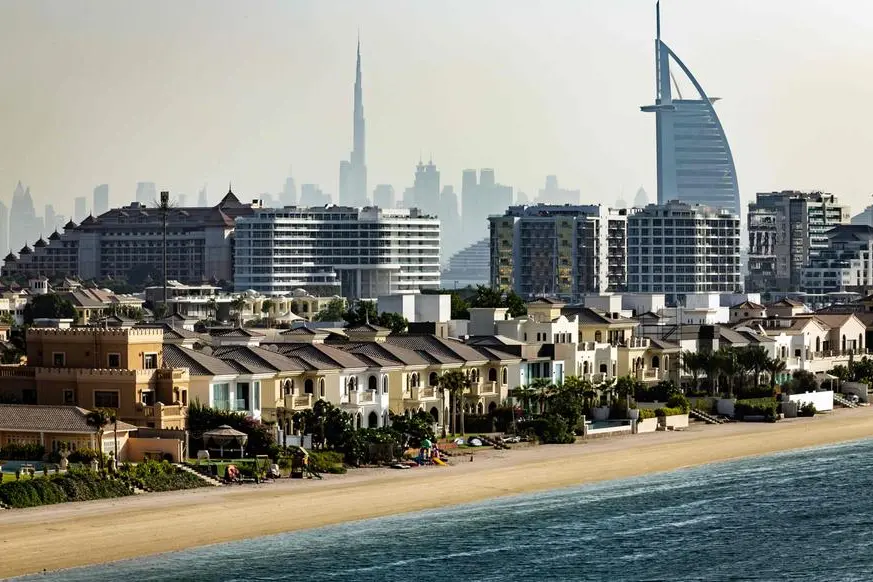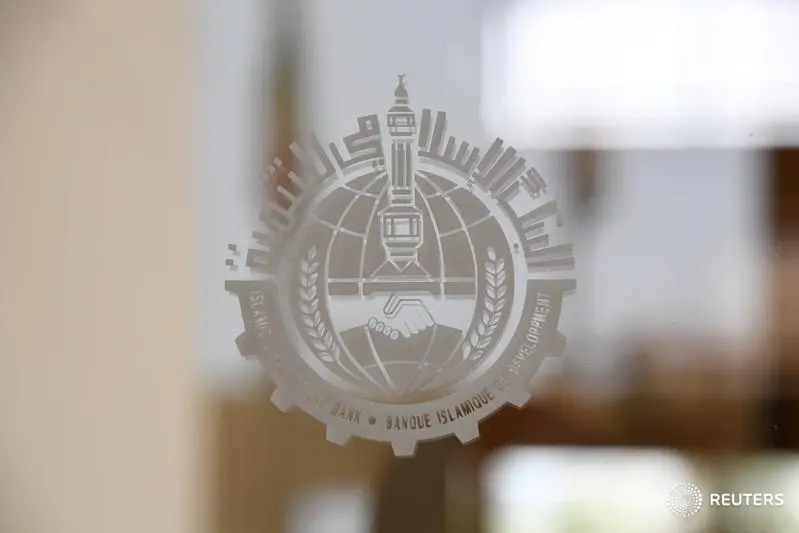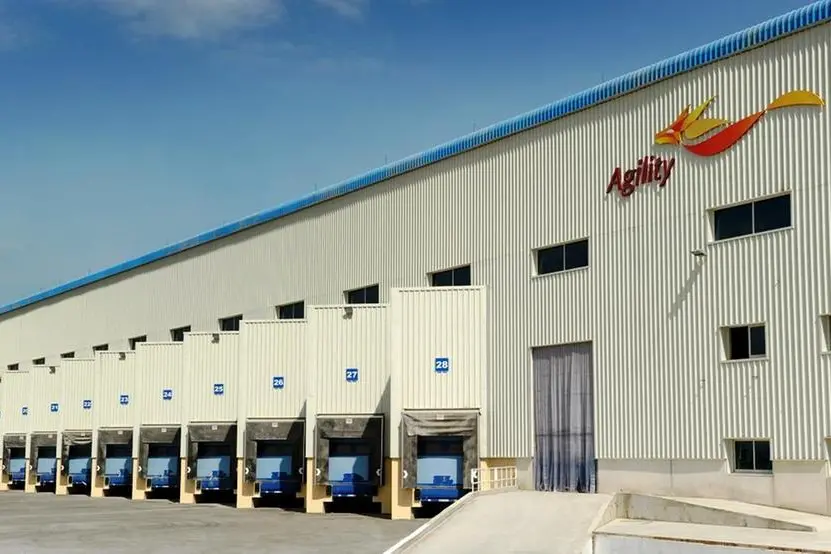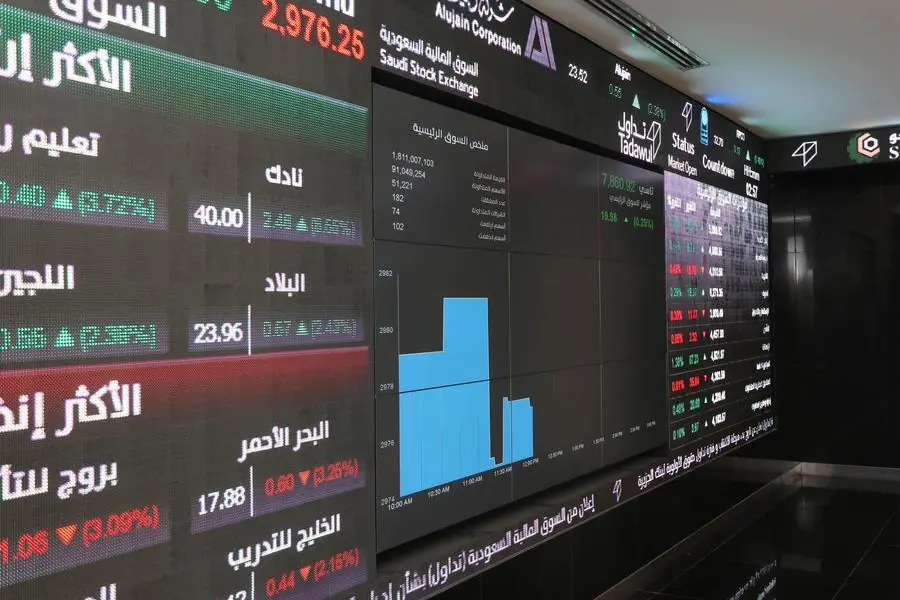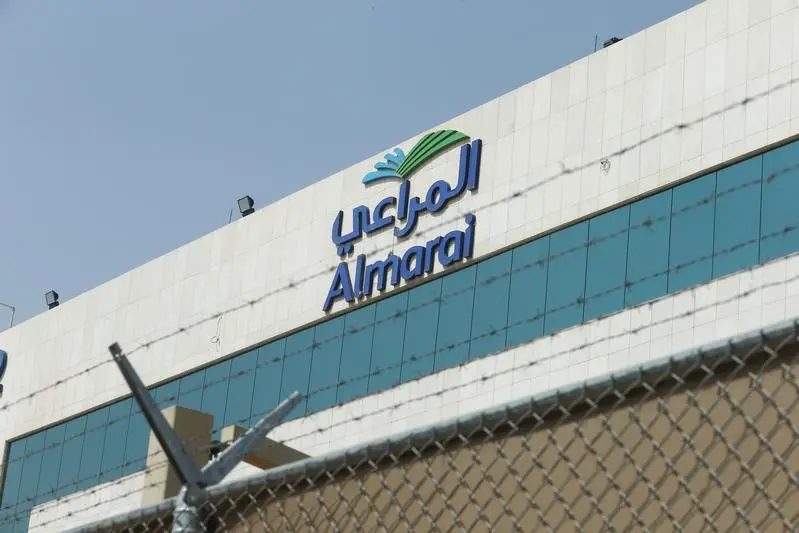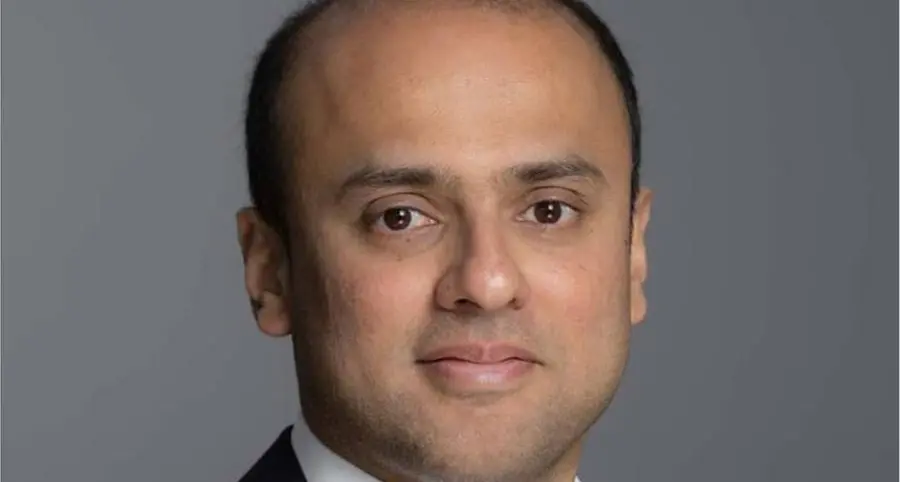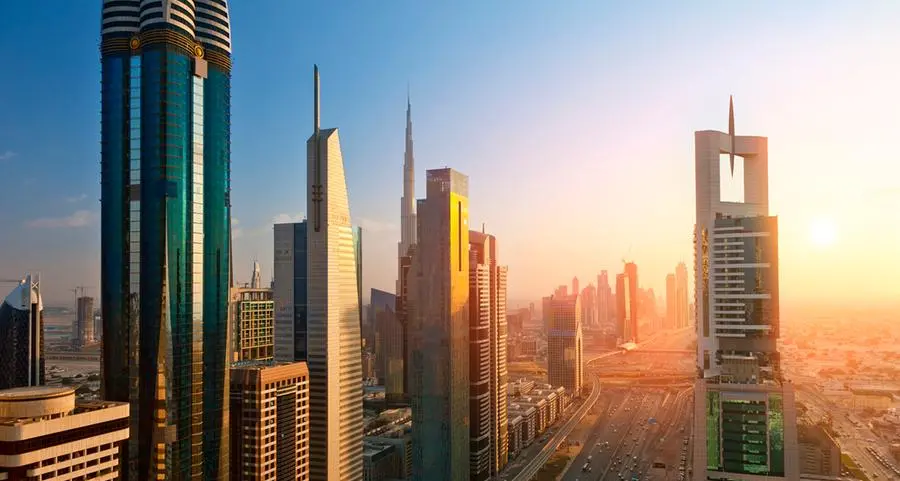Shell is gearing up for test production from the redeveloped Soroush and Nowruz fields offshore Iran, MEES understands. Following delays to the start of commissioning because of a faulty pressure vessel which had to be replaced (MEES, 17 January), Shell last week had raised production from the new Soroush facilities to the target production level of 100,000 b/d of oil, and had begun producing from Nowruz field at a rate of 10,000 b/d. Once water had been expelled from the Nowruz field’s pipelines – a process expected to take about 10 days – Shell planned to ramp up Nowruz output to its 90,000 b/d target. Commissioning is expected to be completed by the end of April, at which time the fields will be shut in for around four days for final hook-up and commissioning operations.
Soroush and Nowruz fields were redeveloped by Shell under an $800mn program involving the installation of three new platforms and the refurbishment of four platforms damaged in the Iran-Iraq war of 1980-88, with produced oil being stored in a moored tanker for offloading into shuttle tankers. A production jack-up rig was temporarily installed in Soroush field as part of an early production system, enabling Shell to deliver 60,000 b/d of oil beginning in 2001 (MEES, 26 November 2001). Once commissioning is completed, MEES understands that the National Iranian Oil Company (NIOC) requires Shell to undertake a month of test production from Soroush/Nowruz, during which the facilities must be shown to be capable of delivering at the combined capacity level of 190,000 b/d of oil for at least 21 days out of 28. After this, the production will be declared commercial and production operations will be handed over to NIOC.
Aker Kvaerner Wins $25Mn South Pars 9-10 Project Management Contract
Norway’s Aker Kvaerner has been awarded a $25mn contract by the Pars Oil and Gas Company (POGC) subsidiary of the National Iranian Oil Company (NIOC) for project management of the South Pars gasfield Phases 9 and 10 development. In a press statement issued on 27 April Aker Kvaerner said that work would start immediately and last for approximately four years. The company will work with local engineering firm Hirdoban of Tehran, and the South Pars 9-10 project management team will comprise 10 Aker Kvaerner staff and 40 from Hirdoban. The project management contract was opened to tender two years ago (MEES, 27 January 2003).
The project will mainly involve the coordination of a $1.8bn engineering, procurement and construction (EPC) contract being undertaken by Korea’s GS Engineering and Construction (formerly LG Engineering and Construction) in partnership with local contractors Iranian Offshore Engineering and Construction Company and Oil Industries Engineering and Construction Company. The EPC contract was awarded in 2002 (MEES, 23 September 2002), and requires the construction of two offshore wellhead platforms, two 100km long 32in pipelines to shore, and an onshore gas treatment plat at Assaluyeh with a throughput capacity of 2bn cfd. Output from the plant will be: 1.77bn cfd of dry gas for delivery to the Iranian gas grid; 80,000 b/d of condensate, 1.05mn tons/year of LPG and 400 tons/day of sulfur for export; and 1mn t/y of ethane for use as feedstock in nearby petrochemical plants.
Iranian media reports say that work on South Pars 9-10 under the EPC contract has begun, but has encountered some difficulties. On 20 April NIOC’s PIN news service quoted POGC’s Project Director Morteza Emami as saying that most of the sub-contractors on the project were Iranian, and that the work had suffered delays: “Some problems result from the nature of this contract and some other from delayed letters of credit.” On 1 March the IRNA news agency reported that platform jackets were nearing completion at Khorramshahr, and that the jackets would be installed prior to the drilling of development wells through the jackets’ drilling templates. Aker Kvaerner predecessor Kvaerner undertook a $20mn project management contract for South Pars Phase 1, after Iran’s Petropars fell 20% behind schedule with the work program (MEES, 10 April 2000).
